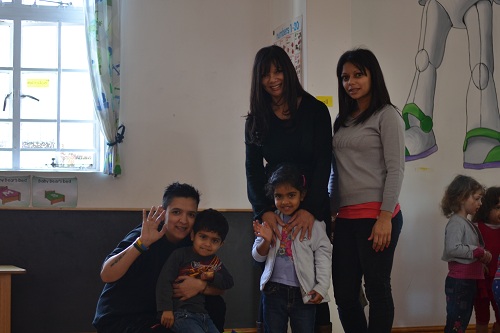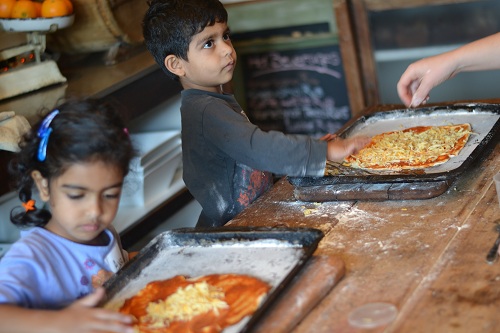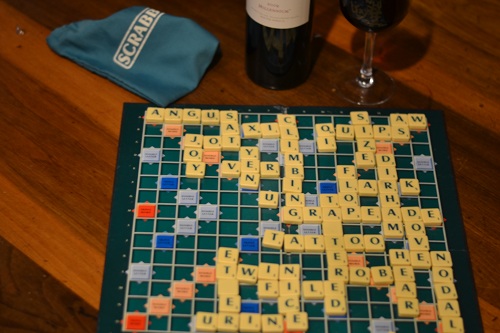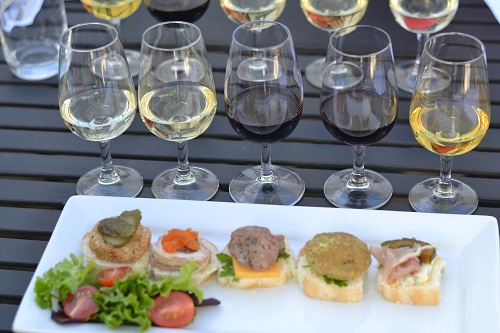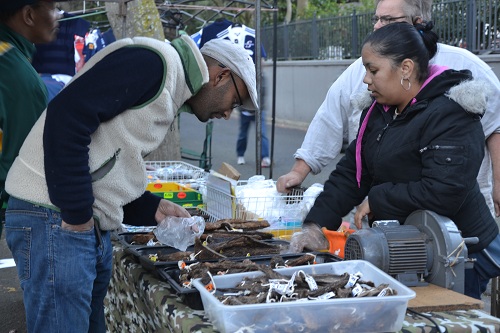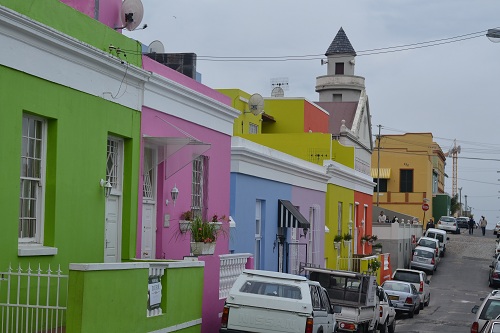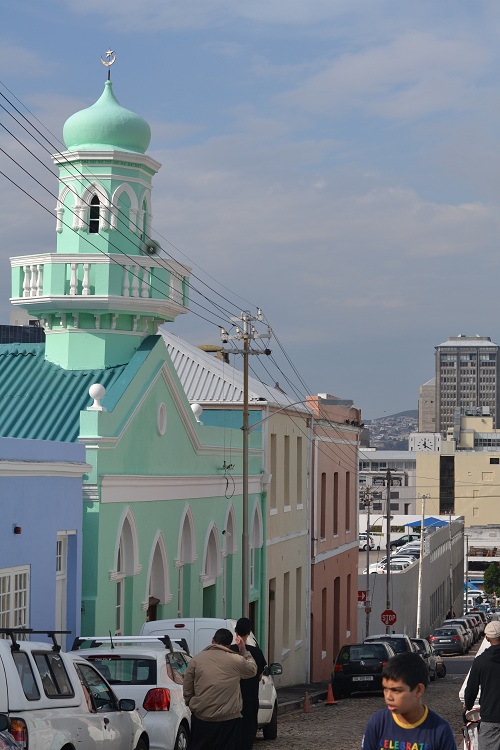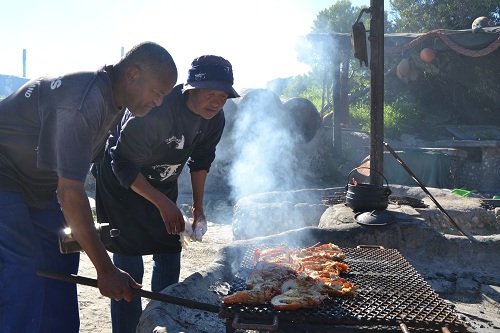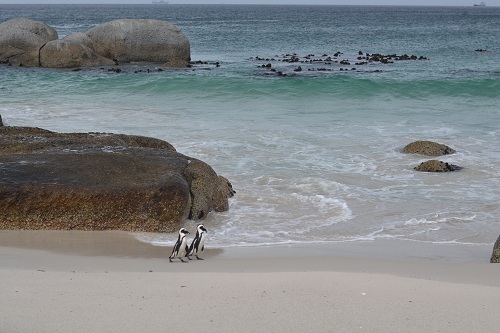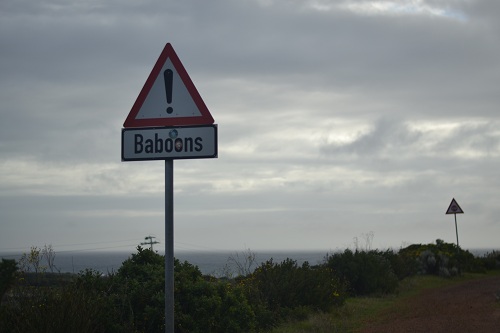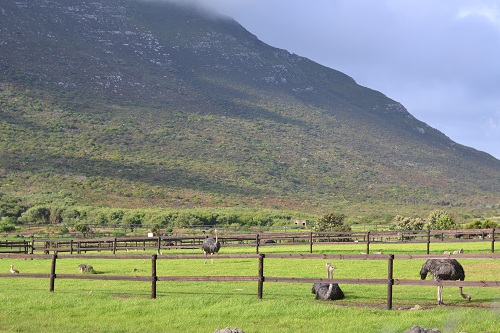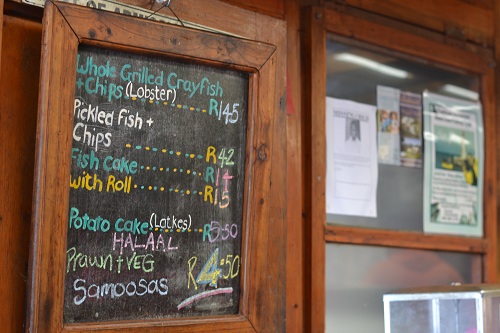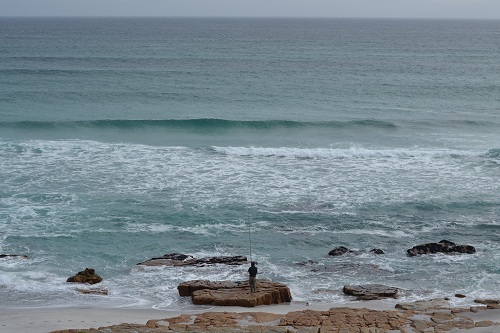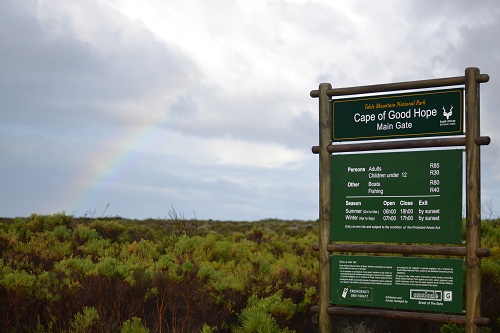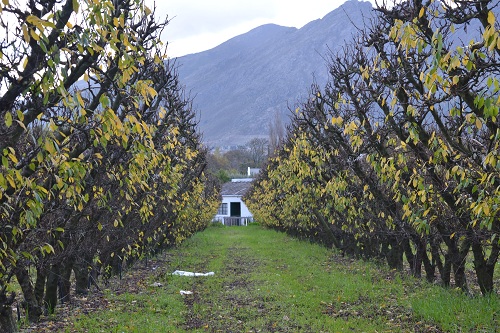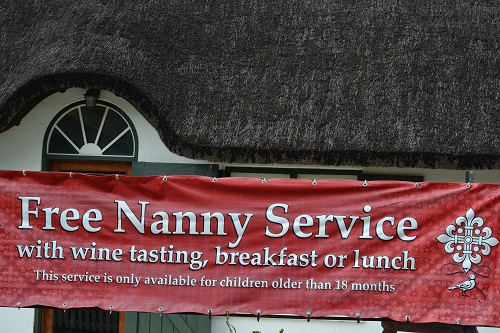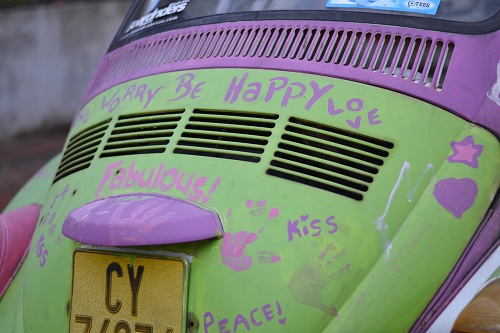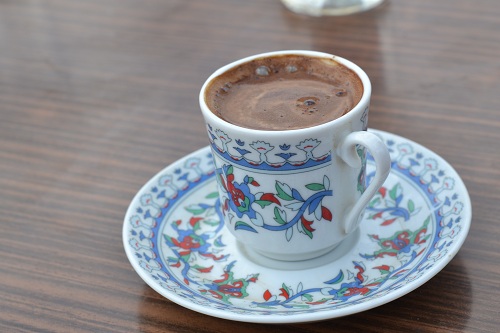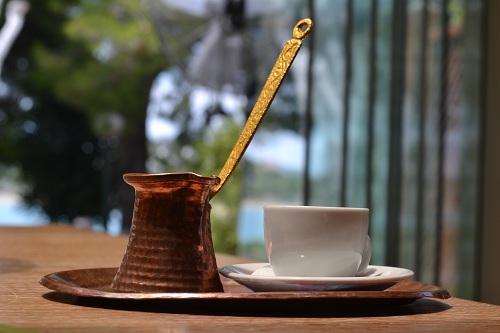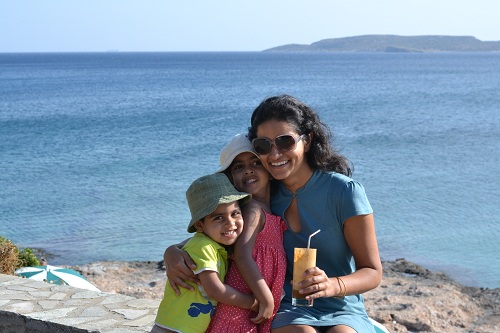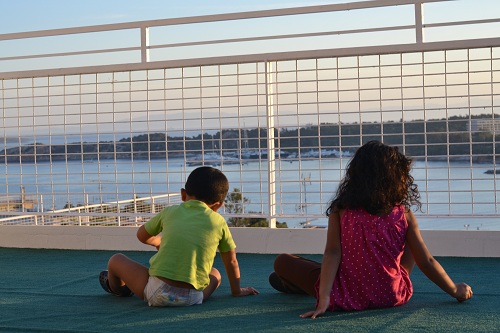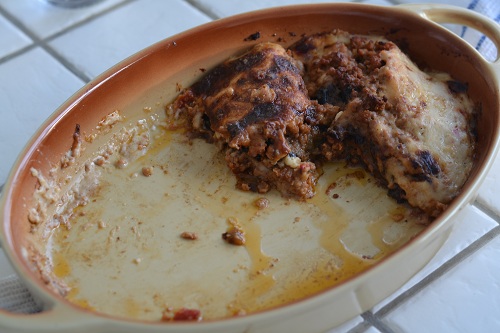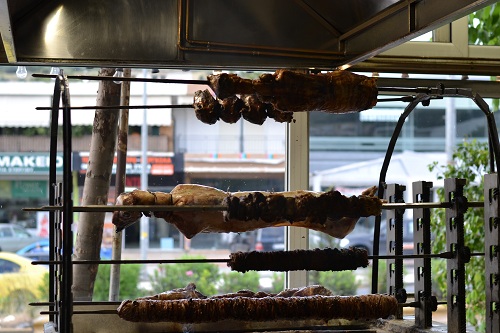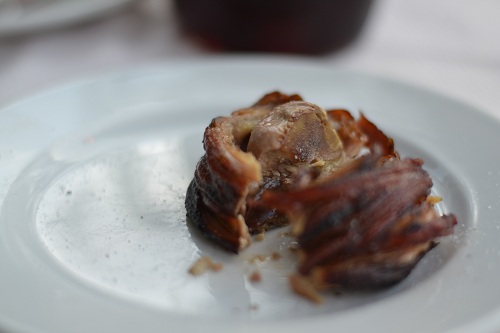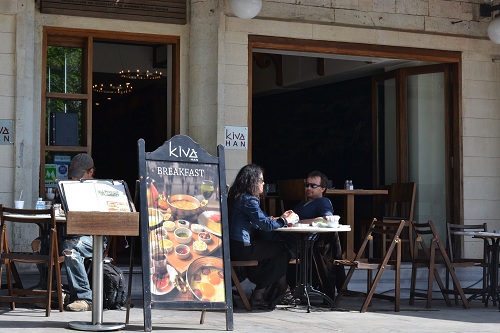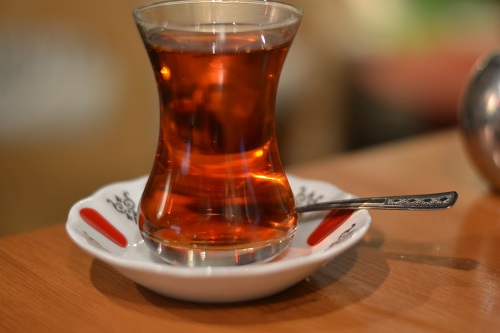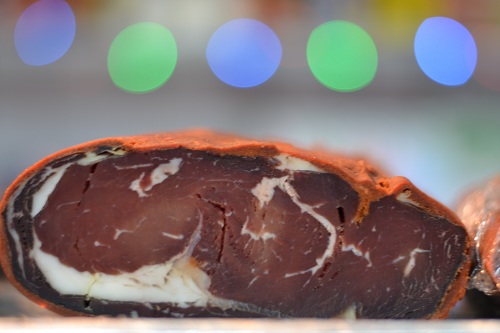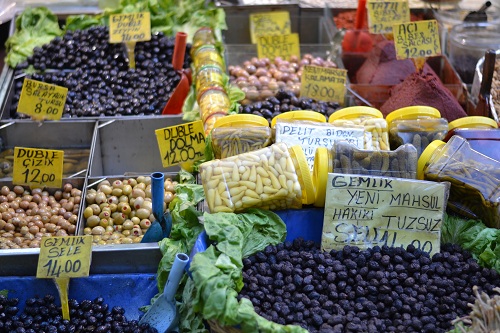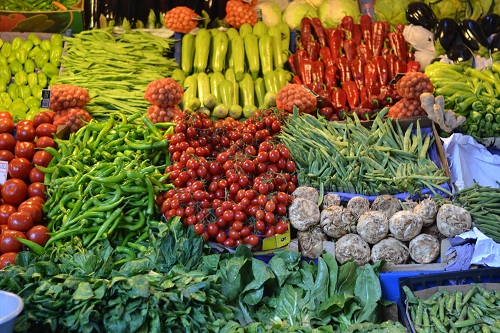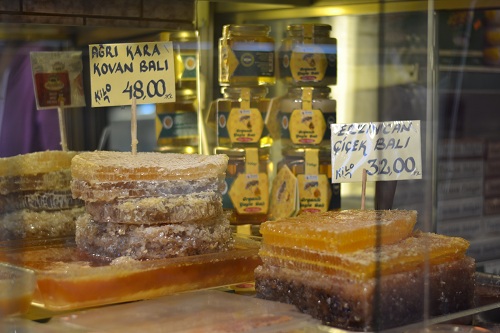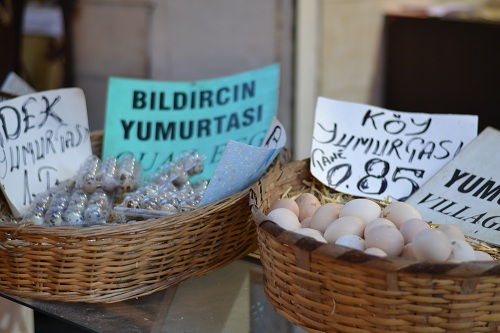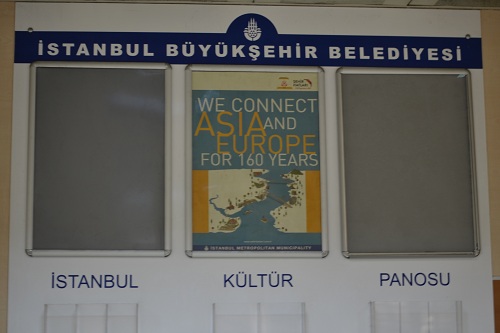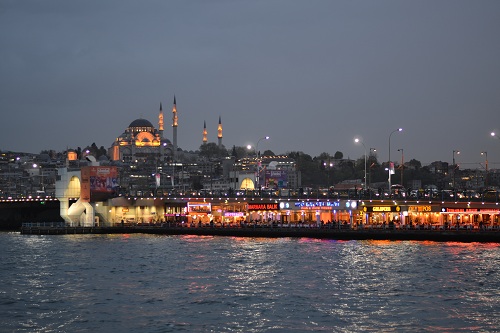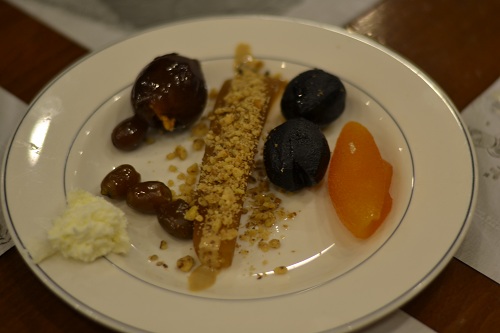One of the things that we have enjoyed throughout our trip has been the availability of fresh produce, meats and fish. From India to Cape Town, the highest quality local ingredients went into almost everything we ate. Regardless of preparation, the food has been great because the ingredients have been fresh. We are somewhat nervous to go back to the mega grocers of The States, where bananas come from Central America and rice from Asia. Even though there is a movement towards local produce, the variety is thin and it usually costs more than the mass-produced fare at the mega marts.
We have been particularly spoiled in Brazil, where the abundance of produce, meats and fish is prepared in keeping with the country’s cultural kaleidoscope. African slaves, European settlers (mainly Portuguese, but also German, Italian, Spanish and Polish) as well as Japanese and Arab immigrants have all left their mark on Brazilian cuisine. This means that there is something for everyone in our family. At our neighborhood samba party, we each were able to choose our favorite skewers from a local grill vendor. I had cheese smothered in oregano, Ava chose German sausage and Kayan wanted meat rolled in maniac floor.
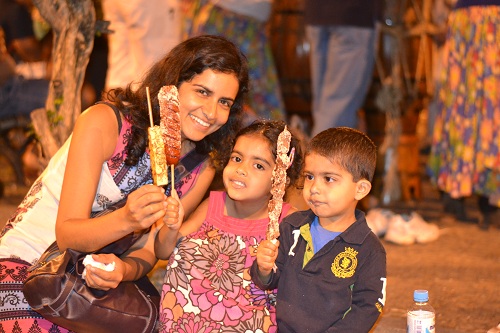
Much of Sandeep’s culinary escapades involve searching for good meat. We went to kebab places in Turkey and grill houses in Greece seeking the best carnivorous fare. All were fabulous. However, there is nothing quite like the variety of meats at a Brazilian chuhascaria. Waiters parade dozens of different cuts from beef, pork, lamb and chicken around the dining hall. All of this is additive to an already enormous buffet spread that consisted of some of the best sushi we have eaten.
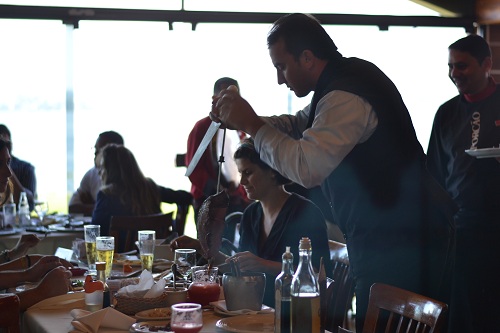
The entire family enjoys fresh fish. Even though we have braved the grimiest fish markets in the world, we have never been able to buy a selection of fish from a sprawling market and then have it cooked on the spot. That’s exactly what we did today at the Sao Pedro fish market in Niteroi, across the harbor from Rio. The split level market sells fish downstairs and houses casual restaurants upstairs.
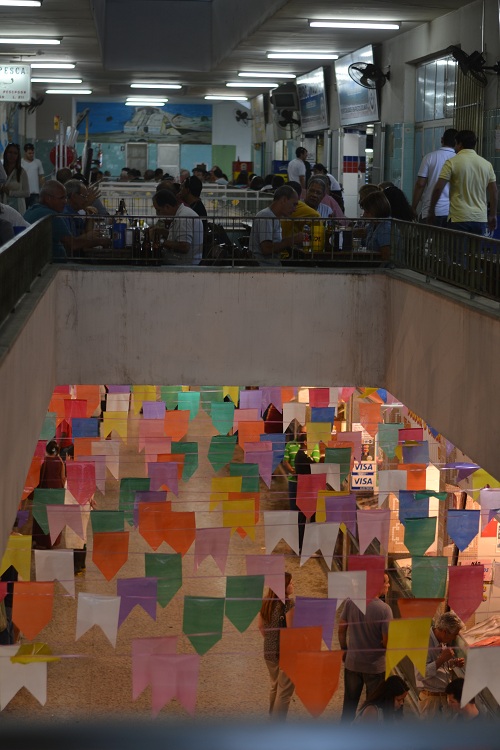
Intrepid foodies can select from fish roe, shellfish, any variety of fresh and salt water fish and seafood and then take it upstairs to be cooked as desired. Less industrious visitors can just head upstairs and order from the menu. We decided to go with grilled shrimp and fried sardines. Our only regret was not coming with more people so that we could try more food.
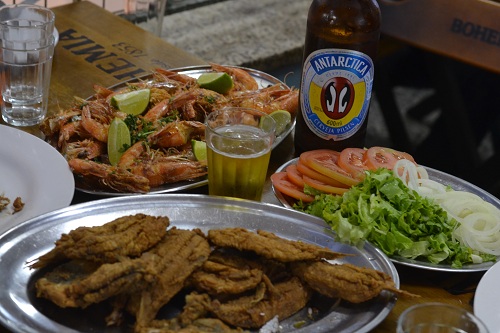
All of this Brazilian food gets washed down with fresh drinks. Sucos bars, or juice bars, are as ubiquitous to Rio as nail salons are to New York City. One is never more than a five minute walk from a sucos bar, which sells every imaginable combination of fresh fruit and vegetable juice. One of our favorite discoveries is avocado smoothies, which have become part of our breakfast routine. On this particular mid-day sucos stop, we got one mango, one watermelon and one bull’s heart (custard apple).
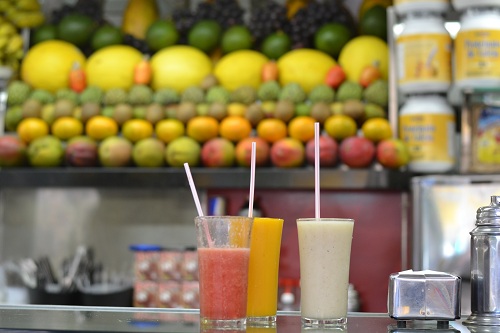
No discussion about Brazilian drinks would be complete without paying homage to the caiparinha, a cocktail made with cachaca (sugar cane liquor) and fresh limes. Just as sucos bars dot the city, caiparinhas are never far away. Neighborhood stalls sell them in small plastic glasses and cachacarias (cashaca bars) offer hundreds of different varieties.
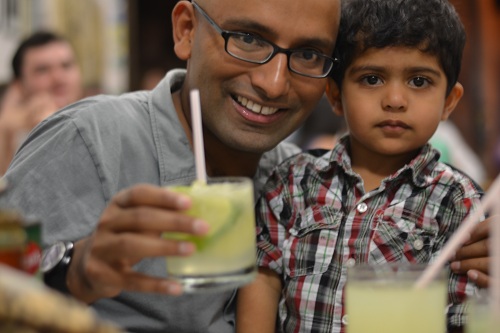
We have eaten our way through much of our around the world journey, but our time in Brazil has turned into an all out binge fest. Perhaps we know our time is coming to an end and we want to experience as much culinary culture as possible before we get home. We suspect that is only a small part of the story. The food and drinks here are mesmerizing enough to keep us on a constant adventure. Short of growing our own fruit and raising our own cows by a private lake brimming with fish, we don’t think our culinary experiences here will be recreated back home.
